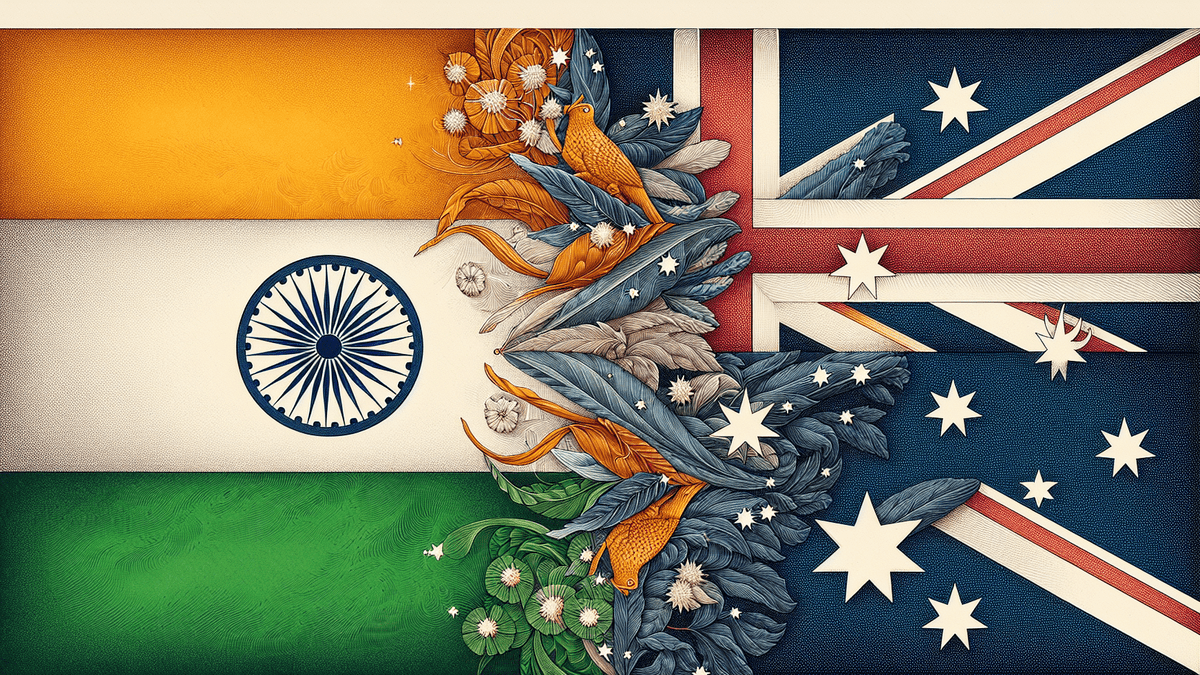When it comes to scaling and expanding overseas, Australian tech startups usually set their sights on the USA, UK or Canada.
But startups who pursue these markets are missing out on a hidden expansion opportunity, according to Jasmine Batra, CEO of Arrow Digital and the driving force behind The Big LEAP incubator program.
“India offers huge expansion potential for startups, but it’s not even on the radar for most Australians,” says Jasmine, who has advised hundreds of tech startups on international expansion since founding Arrow Digital in 2007.
“You don’t know what you don’t know – and most tech startups don’t know India’s growth story or technological advancements, let alone how or where to explore the option of expanding into India.”
Now entering its third year, the 12-month Big LEAP program is striving to overcome the information asymmetry and give Australian startups a clear pathway to launch into India. The program offers a structured process of testing, validating, navigating and operating in the Indian market, with the final phase being an immersive tour of India for the startups with the best prospects of success.
Jasmine recently returned from a tour of India with the second successful cohort of the Big LEAP program. Over three weeks in January-February 2024, the group visited three major Indian cities (Delhi, Hyderabad and Bangalore) where they met with startup hubs, government bodies, corporates and various ecosystem players to gain on-ground market insights, build relationships and form potential partnerships.
Despite being an Indian native who has regularly returned to her home country since moving to Australia 20 years ago, Jasmine was floored by the pace of progress in India in 2024.
“India is streets ahead of Australia when it comes to economic growth, innovation and digitisation,” says Jasmine.
India is now the fifth largest economy in the world, with a GDP of $US 3.7 trillion in 2023 – more than double the GDP of Australia ($US 1.6 trillion in 2023).1 Plus, India’s GDP is growing at a rate of 8 per cent per annum, making it the fastest growing economy among G20 nations in 2024. And it’s on track to continue growing: the Indian government has pledged to make India the third largest economy by 2027.2
India also has the world’s largest digital economy. It’s estimated that 46 per cent of the world’s total real time digital transactions take place in India,3 with 89.5 million digital transactions taking place in India in 2022. That’s more than the combined digital payments of the next four top countries (Brazil, China, Thailand and South Korea).4
The economies of scale in India mean that Australian businesses can get more bang for their buck when it comes to paid search advertising. Not only is the search volume higher, but the average “cost per click” (CPC) in India is 77 per cent less than in the US.5
And India is a world leader in digitisation, according to Jasmine. “India has successfully rolled out “India’s Tech-Stack”, a world-first digital infrastructure project of open APIs and digital public goods. This has revolutionised information management and payments in India. There’s now a single digital interface for identity, health data, government document storage and electronic payments across the entire Indian population of 1.4 billion.”
“India is quickly heading towards becoming a paperless and cashless society,” continues Jasmine, “which means that the opportunities for tech startups are immense.”
The Indian government is committed to creating an enabling environment for startups: India’s Prime Minister Modi recently announced that India is the world’s third largest startup ecosystem, boasting over 125,000 startups and 110 unicorns.6
The Government’s drive to support startups was keenly apparent to Dr Laura Rusu, founder & CEO of Melbourne-based fintech company LENSELL, when she travelled to India with the Big LEAP program this year.
“Indian governments are placing a huge emphasis on grants and programs to help startups,” says Laura, who secured her place on the Indian tour with Diversiview (a new application for investment diversification and optimisation that helps retail investors plan their investment portfolio based on the level of risk they’re prepared to take).
Laura was also surprised – and impressed – by the strong emphasis on innovation in India. “There’s a very strong push for innovation from all angles, much stronger than in Australia,” says Laura. “There was a noticeable culture of collaboration across different organisations and sectors, and I felt a strong sense of upbeat optimism among the Indian people.”
Jasmine has noticed a clear cultural shift towards innovation over the past decade, particularly among India’s youth.
“When I was growing up in India, most young people aspired to join a big company and climb the corporate ladder,” says Jasmine. “That old-school mindset has been replaced by a passion for innovation. Today, India’s youth is excited about starting new businesses to solve complex problems.”
With the median age in India currently standing at 28 years old,7 the spirit of innovation and entrepreneurship is likely to grow and take a deeper hold in the Indian culture.
“It’s time to throw away the old view of India as a slow, bureaucratic nation,” says Jasmine. “The India of today is fast, young, digital and innovative – and full of untapped potential for Australian startups.”
Keep up to date with our stories on LinkedIn, Twitter, Facebook and Instagram.
India offers huge expansion potential for startups, but it’s not even on the radar for most Australians,” says Jasmine Batra, CEO of Arrow Digital News, Australia, india market Dynamic Business








